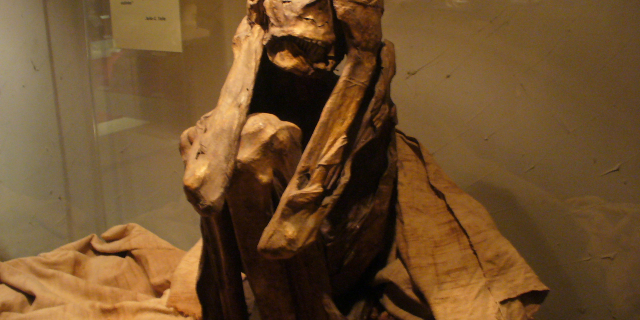Desierto costero del Perú
( Chala )The Chala or "Coast" is one of the eight natural regions in Peru. It is formed by all the western lands that arise from sea level up to the height of 500 meters. The coastal desert of Peru is largely devoid of vegetation but a unique fog and mist-fed ecosystem called Lomas is scattered among hills near the Pacific coast as elevations up to 1,000 metres (3,300 ft).
In this region, the flora includes vegetation that grows near the rivers, like the carob tree, the palo verde, salty grama grass, manglar or mangrove tree, the carrizo or giant reed and the Caña brava (ditch reed); and plants that grow in the hills, such as the Amancay or Peruvian daffodil (Hymenocallis amancaes), the wild tomato, the mito or Peruvian papaya (Vasconcellea candicans), and the divi-divi (Cæsalpinia coriaria).
The coastal fauna of the Chala includes sea lions, the anchovy and several seabirds.
Common trees in the north are the faique, the zapote, the zapayal,...Read more
The Chala or "Coast" is one of the eight natural regions in Peru. It is formed by all the western lands that arise from sea level up to the height of 500 meters. The coastal desert of Peru is largely devoid of vegetation but a unique fog and mist-fed ecosystem called Lomas is scattered among hills near the Pacific coast as elevations up to 1,000 metres (3,300 ft).
In this region, the flora includes vegetation that grows near the rivers, like the carob tree, the palo verde, salty grama grass, manglar or mangrove tree, the carrizo or giant reed and the Caña brava (ditch reed); and plants that grow in the hills, such as the Amancay or Peruvian daffodil (Hymenocallis amancaes), the wild tomato, the mito or Peruvian papaya (Vasconcellea candicans), and the divi-divi (Cæsalpinia coriaria).
The coastal fauna of the Chala includes sea lions, the anchovy and several seabirds.
Common trees in the north are the faique, the zapote, the zapayal, the barrigon and other thorny tropical savanna trees of the equatorial dry forests on the northern coast of Piura and Tumbes. Páramo and the northern coast of the Piura region are not under the influence of the cold Humboldt Current. Páramo has a tree line at the border, even on the westside of the continental divide.




























Add new comment